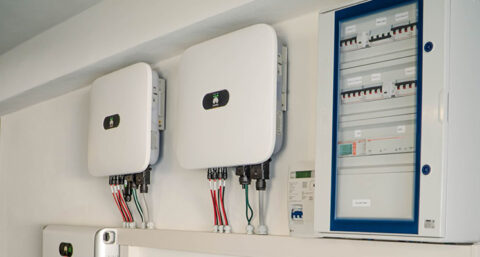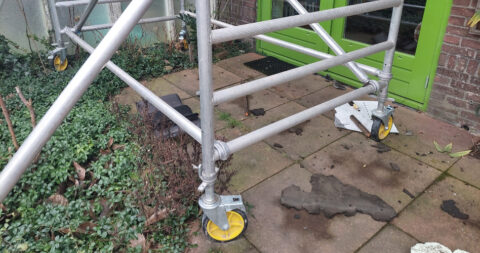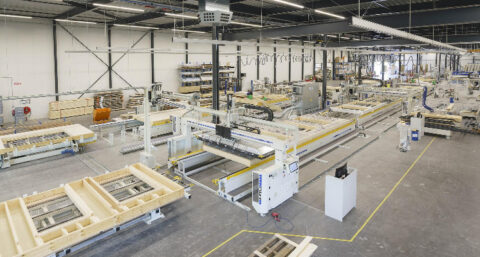Home battery with smart control, combined with a dynamic power contract, allows customers to save on power costs and reduce the payback period of a home battery. As an installer, it is enormously helpful to know roughly how dynamic power rates are established. If only to answer customer questions and eliminate ambiguities.
With a dynamic energy contract, the price of power fluctuates because supply and demand changes from moment to moment. This allows owners of smart home batteries to trade power in a fully automated way to pocket a nice profit. The basic principle? Buy at a low rate and sell again at a higher rate.
For both power producers and power suppliers, it is important not to face shortages or surpluses. To best match supply and demand, power is traded on two different types of markets: the spot market and the imbalance market. What is it like?
Spot Market
The spot market is also called Day-Ahead Market. This is where electricity for the next day is traded every day, all year round. This is done on the EPEX, the European Power Exchange. Producers indicate there how much power they will make available for the next day by the hour, while power suppliers indicate how much power they want to purchase each hour.
Through an auction system, an electricity price is then set. So today we already know exactly what tomorrow's hourly electricity rate will be. Obviously, high demand and low supply means a higher rate, low demand and high supply means a lower rate.
Reality
Of course, estimating supply and demand is always a bit of a guessing game. Producers of green power, for example, use (among other things) the weather forecast for an indication of how much sun and wind their solar panels and wind turbines will have to cope with tomorrow. While power suppliers use historical consumption data, among other things, to calculate how much power their customers may be buying.
On the day itself, of course, this does not always work out. The sun does not show up or there is much less wind than expected. Or the other way around, a bright sun with a brisk breeze, instead of a dull gray day. Similarly, on the demand side, it can happen that the demand for electricity is suddenly much greater than expected, or that there is much less enthusiasm.
Imbalance market
The effect of this is that substantial deficits or surpluses can still occur on the day. This is called imbalance. It is not the intention that producers are left with a power surplus and certainly not that customers of power suppliers, i.e. consumers and companies, are suddenly left without power.
So this is where the second market type comes into play and that is the so-called imbalance market, also called intraday market. Here, trading is done on the day itself to neatly smooth out surpluses and shortages, and this time the electricity price can even vary by 15 minutes. As you can imagine, when there is a power surplus, the price can drop extra deep, and when there is a shortage, it can soar. Because when there is an imbalance, the balance between supply and demand must be restored as quickly as possible to ensure that the electricity grid continues to operate properly and stably. That is why the price sometimes even becomes negative and customers are paid money whenever they buy electricity.
At home in both markets
For the best returns, it is important that both the flexible contract and the smart control of the home battery look at both power markets, i.e. both the spot market and the imbalance market. Currently, the imbalance market is more lucrative, but it can never be ruled out that certain events may also make the spot market more volatile again.
Furthermore, it remains to be seen what the impact will be should "the general public" ever embrace the home battery and start trading electricity en masse. Fortunately, the algorithms used to dynamically control home batteries are constantly being updated, so I'm sure something clever will be figured out for that.











